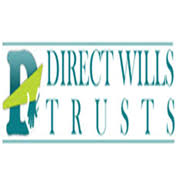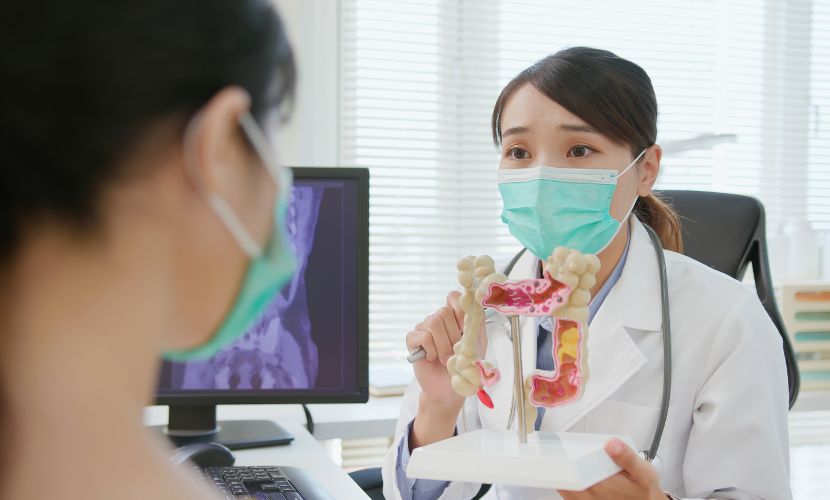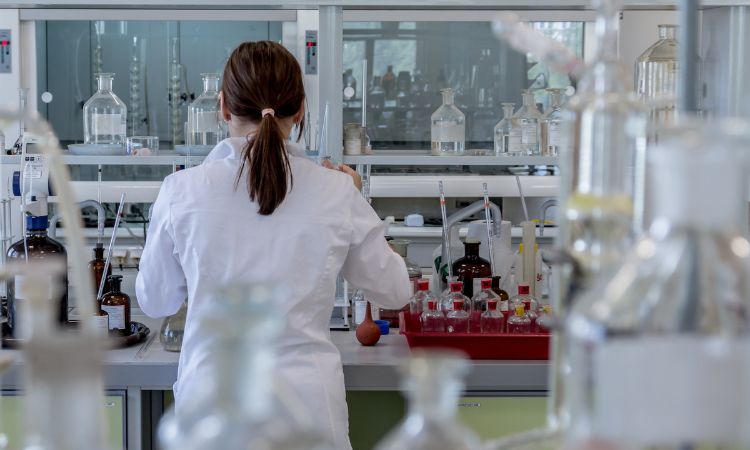
Ensuring food safety has never been more critical for the food industry. The global landscape of food production is continuously evolving, and with that change comes an increasing focus on not only producing high-quality and tasty food but also on ensuring that it’s safe for consumption. With international trade expanding and consumer awareness at an all-time high, the need for robust food safety systems is non-negotiable.
From regulatory requirements to voluntary standards and industry best practices, this guide will unpack what food safety supervision means and how the latest technology is transforming the way businesses keep our food safe.
Understanding the Basics of Food Safety Supervision
At its core, Food Safety Supervision is about ensuring that the food we produce is safe to eat. This supervisory process involves monitoring, verification, and taking corrective actions. Learn how to Supervising Food Safety Level 3 course.
The Importance of Food Safety
Food safety is crucial not just for compliance but to protect public health, maintain consumer trust, and safeguard the reputation of food businesses. It is a shared responsibility across all levels, from management to frontline workers.
Core Principles of Food Safety Supervision
Four pillars of food safety supervision are essential for any effective system:
- HACCP (Hazard Analysis and Critical Control Points): Identifying potential hazards and ensuring they are controlled at critical points during production.
- GMP (Good Manufacturing Practices): Establishing the foundational conditions and activities that are necessary for a hygienic, safe food manufacturing environment.
- SQF (Safe Quality Food): A rigorous system for consistently producing a safe, high-quality food product.
- FSMA (Food Safety Modernization Act): U.S. legislation that shifts the focus from responding to contamination to preventing it.
Supervision Strategies and Techniques
Food safety supervision isn’t just about checking boxes. It requires a comprehensive strategy that involves embedding a culture of safety within your organization.
Leveraging Technology for Better Supervision
Modern tools enable supervisors to monitor processes in real time, analyze data more efficiently, and respond to issues promptly. Some of the latest technologies being used include:
- Sensor systems for real-time monitoring of critical control points.
- Automated data collection and analysis to spot trends and potential issues before they manifest.
- Blockchain for traceability allows for a swift and targeted response in case of a recall.
Training and Development of Supervisory Staff
The skills and knowledge of your supervision team are critical. Providing ongoing training ensures they are equipped to lead and manage food safety practices effectively.
- Soft skills, like communication and leadership, are just as important as technical expertise.
- Continuing education keeps staff up-to-date with the latest food hygiene technology and regulations.

Building a Culture of Transparency and Accountability
Food safety should be a non-negotiable component of your corporate culture. This can be achieved by:
- Incentivizing safe behaviours and performance through rewards and recognition.
- Creating open lines of communication so that every employee feels empowered to report concerns or mistakes without fear of retribution.
Responding to Food Safety Risks
Even the best systems can encounter issues. The key is how quickly and effectively these can be rectified.
Identifying and Classifying Risks
The first step is understanding what the risks are and how they could impact the safety of your products. This can include:
- Regular risk assessments at various stages of the production process.
- Leveraging industry knowledge and data from food safety outbreaks to inform your risk analysis.
Contingency Planning and Rapid Response
Developing robust contingency plans ensures you can respond quickly and prevent contaminated products from reaching consumers.
- Planning for various scenarios, from isolated incidents to full-scale recalls.
- Training employees on their roles and responsibilities within your contingency plan, including mock drills.
Staying Ahead of Regulatory Changes
Regulations are not static — they evolve. It’s essential to stay ahead of these changes and adjust your food safety practices accordingly.
Monitoring and Interpreting Regulations
Keeping a pulse on regulatory updates can be a complex and time-consuming task. Some tips for managing this include:
- Utilizing legal services or consultants who specialize in food safety regulations.
- Regularly reviewing industry publications and attending seminars or webinars on the topic.
Implementing Change Proactively
When new regulations are passed, the window for compliance can be short. To stay proactive:
- Integrate regulatory updates into your existing food safety management system.
- Communicate changes clearly and promptly across your organization.
Integrating Food Safety into the Supply Chain
Food safety doesn’t begin and end with your facility. It must be addressed throughout the entire supply chain.
Selecting Reliable Suppliers
Your suppliers should share your commitment to food safety. Factors to consider include:
- Their food safety certifications and practices.
- Their historical adherence to quality and safety standards.
Onboarding New Partners
When bringing new partners into your supply chain:
- Clearly communicate your expectations and requirements regarding food safety.
- Ensure they understand their role in maintaining safety standards.

Conclusion: The Unwavering Commitment to Food Safety
Food safety is critical for the success of any business in the food industry. It is the foundation of a healthy and sustainable business. From farm to fork, every industry player must adopt best practices to guarantee food safety. Remember that every step taken towards enhancing food safety is a step towards securing a healthier, happier future for consumers and the industry alike.




















